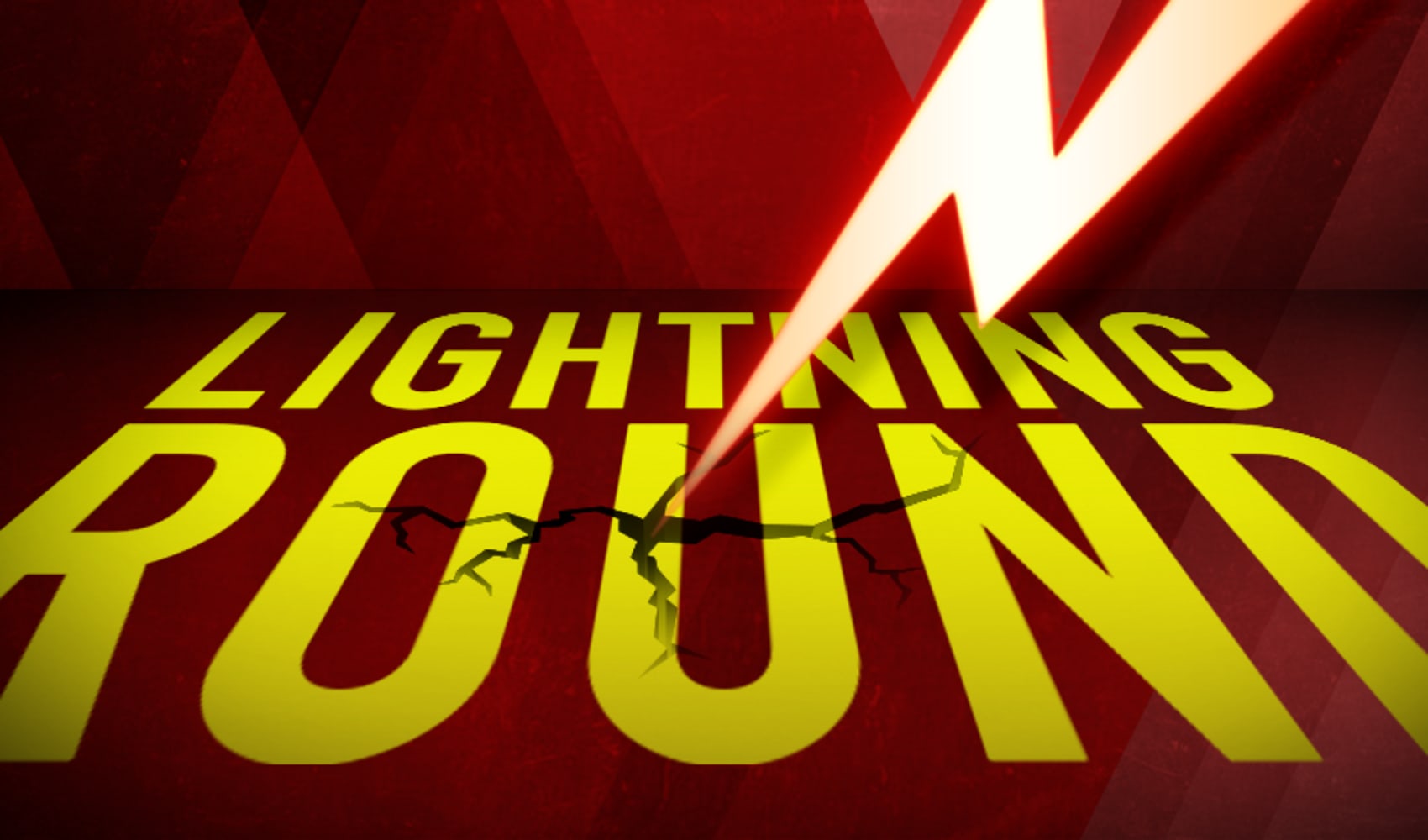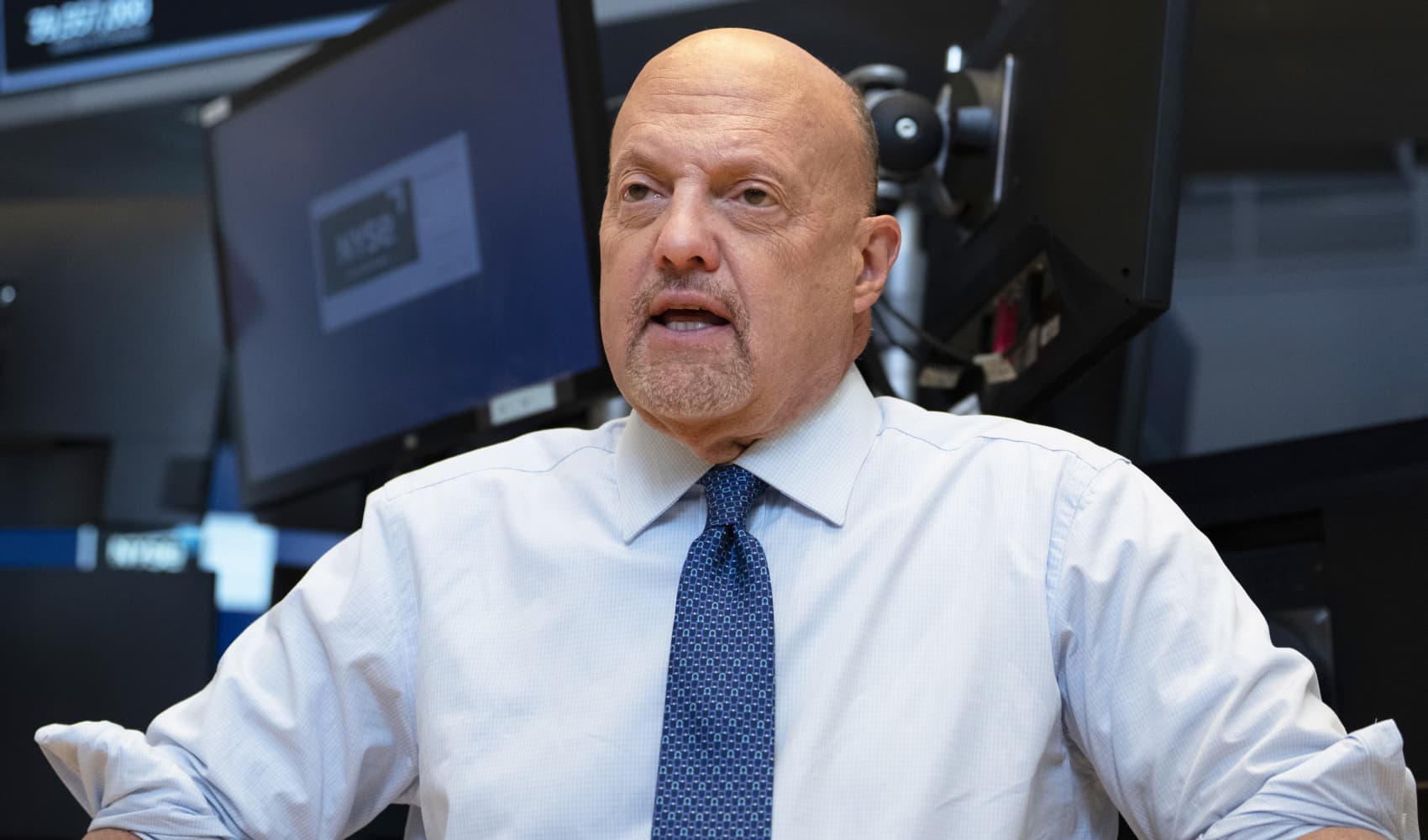
- The Dow, S&P 500 and Nasdaq all hit fresh highs last week.
- Even as the market's Covid-19 fears declined, stocks have been on edge this year over bond yields, inflation and highly valued tech and growth companies.
- But March turned out to be the best month for equities since November, big tech stocks have rebounded, and April, historically a strong month for stocks, is off to a strong earnings start.
- Market history says once a bull market starts it can last for years, though gains do moderate.
Bull markets don't die of old age, as investors have been often reminded during this most recent one, but how long on average do they live?
Investors who consult the historical S&P 500 chart will find a technical answer to this question. Market history says anywhere from four to 11 years, and big first-year gains have been followed by longer bull market periods. That could be read as good news for investors inclined to take a technical view of stock momentum: the bull run in the U.S. large-cap stock index that began after the sudden Covid collapse of March 2020 posted the biggest first-year gain for the S&P 500 since 1945, according to CFRA Research data.
Get Southern California news, weather forecasts and entertainment stories to your inbox. Sign up for NBC LA newsletters.
Stocks dipped in trading to start the week after Friday's Dow Jones Industrial Average and S&P 500 new records and tech shares were leading the losses on Monday. Investors have been worried and will continue to fear a pullback, and that is clear from the Wall Street research notes and institutional investor commentary — whether "the big drop" is coming in May or June, watch that VIX and keep adding the hedges. When it comes to fears about a broader correction, the truth is that the corrections (plural) already happened.
Several areas of the market have experienced declines of 10% or more at some point in 2021. In February and March, the big technology and growth names that had led the market for so long corrected 15%. Then energy stocks, after bouncing back hugely after their Covid bottom, experienced a 13% decline in just two weeks' time in 2021. The Russell 2000 small-cap rally, which was torrid after the November 2020 election, also fell 10% in a matter of two weeks.
"Pretty much, the entire stock market saw a 10% correction, but at different points," according to a Fundstrat Global Advisors note from around the one-year anniversary of the Covid bottom in late March. Fundstrat thinks these "rolling corrections" diminished the odds of a broader index correction. But that has not stopped investors from worrying about the hit still to come to stock portfolios, whether the culprit is the inflation bogeyman, a hedge fund failure signaling worse yet, or just a market that keeps uncovering the isolated but unnerving headlines that indicate a "bubble" through being about crypto or a New Jersey deli that reached a $100 million market capitalization without almost anyone realizing it.
Money Report
Reading the chart of a record-speed bull market
The market has gone up a lot, in record time. Since the low on March 23, 2020, the S&P 500 has surged more than 90%; the Dow Jones Industrial Average just under 88%; and the Nasdaq near 112%. That's the highest first-year bull market gains since 1945 and outpaced the average of 37.5% for all prior bull markets.
The speed of this bull market makes sense when one looks at how quickly the bear market of 2020 occurred: 33 days from peak to trough, according to CFRA. "The fastest on record," according to Sam Stovall, CFRA's chief investment strategist. And then the market recovered everything it had lost in fewer than five months, the third-shortest period in market history to recoup such a massive level of losses. The history of the past 12 bull markets shows that those that bounced back from bear markets fastest also lasted the longest, on average. Only four of the past 12 bull markets did not make it to 1,000 days. The remaining bulls lasted from four years (October 1957) to nearly 11 years (March 2009).
A simple explanation: bull markets that return more quickly are an indication that investors had less uncertainty and more conviction in an economic and earnings recovery.
"The timidity with which investors are willing to get back in that implies how long the bull market can last," Stovall said. In this case, it's the lack of timidity, and what already occurred this year is emblematic of bull markets. You can call it "rolling corrections" or as Stovall does, "subsurface rotations rather than an overall retreat."
April earnings are so far coming in strong and Wall Street is climbing the wall of worry. Stovall thinks that tailwind can still get better and provide more momentum. "Investors, in general, think current estimates understate what is likely to happen in 2021 and we should we get a second-half surge of economic growth."
Caveats to the Covid stock recovery story
A caveat to this bull market, and as a result any reading of the historical chart of the S&P 500 as a reason to remain bullish, is its origin. As former Fed chairman Ben Bernanke said last spring, Covid was more like a bad "snowstorm" than any market and economic downturn that had occurred before, including the Great Depression. But to technical market analysts, it really doesn't matter what causes the reset in prices and valuation when identifying the end of one bull market and the start of a new one.
Yes, this time was different. The break in the former bull market was a "conscious choice," i.e., shutting down the economy. But all bull and bear markets are "man-made" in one way or another, and for Stovall, the charts say a "bear market" is a bear market. The bear market of 2020 was a cyclical bear market rather than a secular bear market, or even a "mega meltdown one." His preferred way to describe it? Not a snowstorm either, but just a "garden variety" bear.

Secular forces are coming for investors, namely the crossroads in interest rates. That does concern Stovall. "I think investors have to contend with the secular change in the bond bull market and the downward trending yield environment since 1980. We have gone 40 years in a secular bull market for interest rates and now we are making that turn."
It is the K or V shape that the bond market takes which is now more concerning than all the debate in the past year about a K or V-shaped U.S. economic recovery. It doesn't mean there will be a V-shaped recovery in rates, "but certainly the best is behind us in terms of low yields," Stovall said.
For investors who want to draw more pessimistic bull market parallels from the past, Stovall points to two of the most recent bull markets that did not make it to 1,000 days: 1966 and 1970. The 1966 market was the tail end of the "data processing bubble" — yes, the 1960s had the first tech bubble. And 1970 was when inflation finally started to take hold of the economy and investor sentiment. "My worry would be overstimulating of the U.S. economy leading to sharper than anticipated rise in inflationary expectations and interest rates," Stovall said.
This is exactly what investors are worried about already, and were anxious about throughout early 2021. There are technical reasons to worry in the short-term. The S&P 500 already is up double digits on a percentage basis this year, more stocks than ever are trading above their 200-day moving average, and it is expensive relative to its own history, and overseas stocks (which the index has been expensive relative to for years already), as well as small-caps based on the earnings growth projections.
Stovall's view is that it is OK to think the best of this bull market is behind us, and prepare for periods of "stock market digestion," but that does not mean the good times are ending, especially if recent GDP projections for this year turn out to be accurate. "It doesn't mean we are headed for a 1929-like crash, but investors should expect more normal returns going forward," he said.
On average, the history of the S&P 500 shows that the first-year return of a bull market is 38% and the second year less than 12%. More important in Stovall's view is the 6% compound annual growth rate that the S&P 500 has turned in on a rolling 10-year basis going back 100 years.
"The implication is things will be coming down. An ease of gains rather than erase of returns," he says.
For traders in the Robinhood market who measure their success by how much they make on any given day, that might not be good enough. But one hundred years of market history says this is at least a safe, if somewhat sobering, longer-term bet on the bull market having legs.






